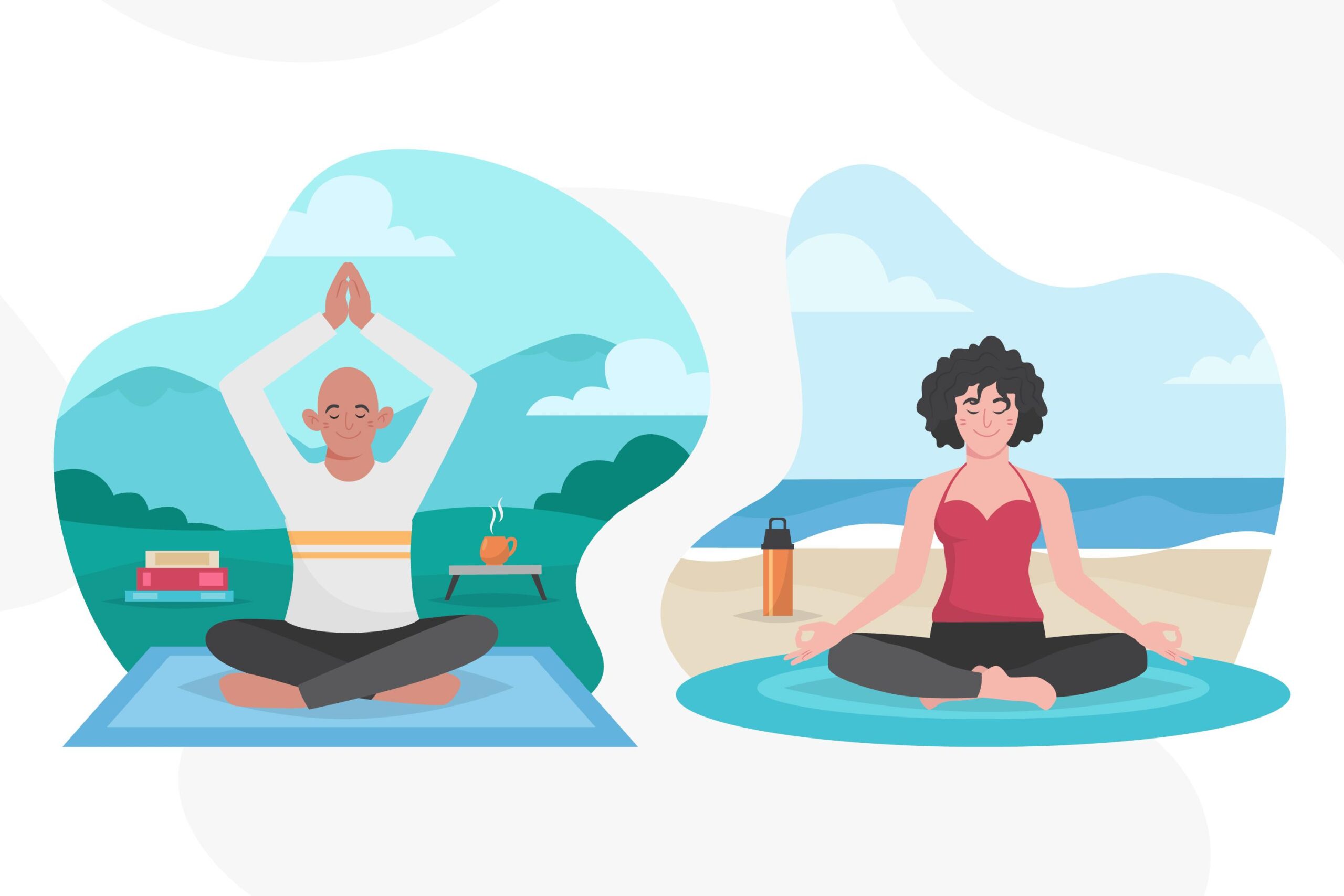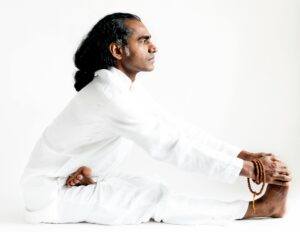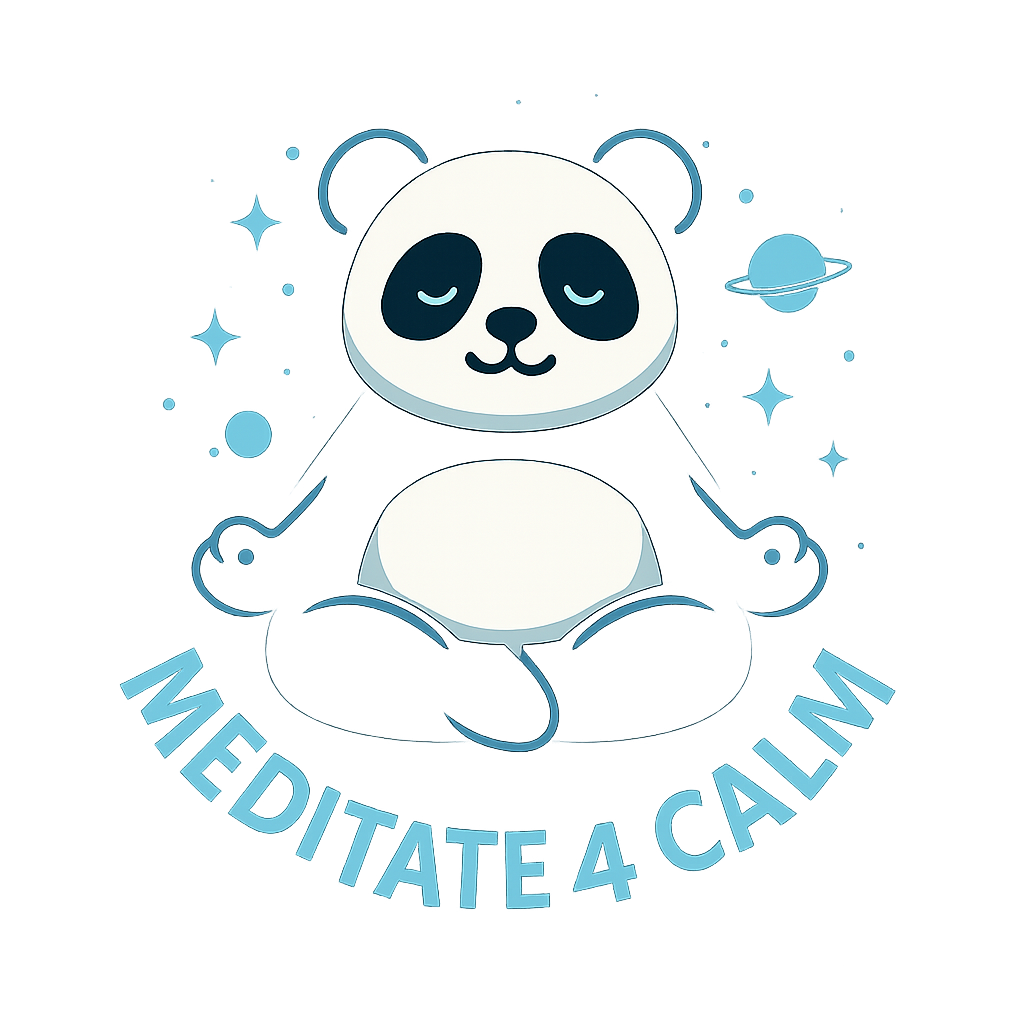Common Misconceptions About Meditation

Let me tell you about the day I almost quit meditation for good.
It was my third week of trying to “meditate properly,” and I was convinced I was the worst meditator on the planet. My mind wouldn’t stop racing. My body felt restless. And worst of all? I didn’t feel peaceful—I felt more anxious than when I started.
I remember thinking, “Everyone says meditation is supposed to be calming. What’s wrong with me?”
Turns out, nothing was wrong with me. Everything was wrong with what I thought meditation was supposed to be.
If you’ve ever felt like meditation just isn’t working for you, chances are you’ve bumped into one of the many misconceptions that float around about this practice. And these misconceptions? They’re the reason so many people quit before experiencing the real benefits.
I have years of personal experience fumbling through these exact misconceptions and eventually finding my way to a practice that genuinely transformed my anxiety. Let’s clear up what meditation actually is—and isn’t.
The “Empty Mind” Myth

The Misconception: You’re supposed to stop thinking or completely empty your mind.
Here’s the truth that changed everything for me: your brain literally cannot stop producing thoughts. Expecting your mind to go blank is like expecting your heart to stop beating.
Meditation isn’t about eliminating thoughts—it’s about changing your relationship with them. Research from Harvard Medical School shows that mindfulness meditation helps people with anxiety distinguish between problem-solving thoughts and unproductive worry. As Dr. Elizabeth Hoge, a psychiatrist at Massachusetts General Hospital, explains:
“Mindfulness teaches you to recognize, ‘Oh, there’s that thought again. I’ve been here before. But it’s just that—a thought, and not a part of my core self.'”
If your mind wanders 50 times during a session and you notice it 50 times and gently bring your attention back, that’s not 50 failures. That’s 50 repetitions of the exact skill you’re building.
“It Should Always Feel Peaceful”

The Misconception: Meditation should feel relaxing and pleasant every time.
Some of my most valuable meditation sessions have felt uncomfortable or frustrating. When you sit still and actually pay attention, you start noticing things you’ve been unconsciously avoiding—that low-grade anxiety, the physical tension you’ve been carrying, the difficult emotions you’ve been outrunning.
This discomfort is often a sign that the practice is working, not failing. A systematic review published in JAMA Internal Medicine analyzed 47 well-designed studies and found that mindfulness meditation programs showed moderate evidence for improving anxiety and depression. But getting those benefits often means sitting with discomfort first.
The goal isn’t perpetual tranquility—it’s developing the capacity to be present with whatever arises, including the messy stuff.
“I’m Just Not a ‘Meditation Person'”
The Misconception: Meditation comes naturally to calm, spiritual people. If you’re anxious or restless, it’s not for you.
This one makes me laugh now, but I believed it completely at first. The truth is exactly backwards: meditation is specifically for training an untrained mind. If your mind were already calm and focused, you wouldn’t need the practice.
People with naturally busy minds often make faster progress because they have more opportunities to practice the core skill. Every time you notice your mind has wandered, you get another chance to strengthen that “noticing and returning” muscle.
I started as one of the most anxious, restless people I knew. Read my full journey here.
The “More Is Always Better” Trap
The Misconception: Longer meditation sessions produce better results.
Research shows that consistency matters far more than duration. Daily 5-minute practice builds stronger neural pathways than sporadic hour-long sessions.
Here’s what actually works:
- Start small: 5-10 minutes daily beats ambitious 30-minute sessions you do twice and quit
- Build gradually: Add time as it feels natural
- Watch for struggle: If you’re white-knuckling through, you’re sitting too long
- Celebrate consistency: 100 days of 5 minutes beats 10 days of 50 minutes
“Meditation Is Only for Spiritual People”

The Misconception: You need to adopt spiritual or religious beliefs to practice meditation.
While I personally connect with the spiritual side of meditation, you absolutely don’t need to. Meditation originated within religious contexts, but the techniques themselves are psychological training methods that work regardless of belief systems.
Programs like Mindfulness-Based Stress Reduction (MBSR) demonstrate meditation’s effectiveness without any spiritual framework. You don’t need to believe in enlightenment or universal consciousness to benefit from training your attention and regulating your nervous system.
The Posture Perfectionism Problem

The Misconception: You must sit in lotus position with perfect posture.
Here’s what actually matters: stable base of support, relative comfort, and enough alertness to stay awake.
You can meditate:
- Sitting in a regular chair
- Lying down (if you can stay alert)
- Standing or walking
- In your car before work
I do most of my meditation lying down. Your mind’s training happens regardless of your legs’ configuration.
“Meditation Means Avoiding Your Problems”
The Misconception: Meditation is escapism that keeps you from taking action.
Proper meditation actually increases your capacity to face difficulties. It builds the emotional regulation, clarity, and resilience you need to address problems effectively. When you’re drowning in anxiety, you’re not solving problems—you’re just spinning. Meditation helps you step back, regulate, and then address challenges from a calmer state.
However: Some people do use meditation to avoid necessary therapy or difficult life changes. Meditation is a powerful complement to professional help, not a substitute.
“Once You Learn It, You’re Done”
The Misconception: Meditation is like riding a bike—once you learn it, you’ve got it forever.
Meditation is more like exercise than education. The benefits require ongoing practice to maintain. When you stop, neural changes gradually reverse and old patterns re-emerge.
The good news? Returning to practice after a gap is easier than starting initially because you’ve built foundational skills. I’ve stopped and restarted multiple times—each time, it’s easier to find my rhythm again.
Other Important Truths
Boredom and restlessness are normal. Learning to be present with boredom—without reaching for your phone—is valuable training for real life.
Meditation won’t fix everything. It won’t resolve relationship problems, financial difficulties, or cure serious mental illness alone. But it will enhance your capacity to address challenges with more clarity and calm.
You don’t need perfect conditions. Training yourself to meditate with ambient noise or interruptions builds more robust skills. Real life is messy—your practice should prepare you for that.
Meditation and medication work together. You don’t have to choose. They often work synergistically. Never stop psychiatric medication without talking to your doctor.
There’s no one “correct” way. Meditation encompasses diverse approaches—breath awareness, body scanning, loving-kindness, visualization, and more. What works varies by individual. The rigidity of thinking you’re “doing it wrong” causes more problems than any actual technical errors.
Why These Myths Matter
These misconceptions persist because popular media portrays idealized meditation, social media filters out struggle, and the wellness industry makes exaggerated promises. People who struggle often quit silently, while successful practitioners become visible advocates.
Understanding these myths matters because they cause unnecessary suffering and premature quitting. When you recognize that struggling is normal, that discomfort can be progress, and that sustainability matters more than intensity, you’re positioned for authentic, lasting practice.
Your Practice, Your Way

Meditation is for you—the actual you, with your busy mind, your fidgety body, your skepticism, and your unique challenges.
You don’t need to be naturally calm. You don’t need to sit in lotus position. You don’t need to empty your mind. You don’t even need to feel peaceful every time.
You just need to show up, notice what’s happening, and practice being present. Some days it will feel amazing. Some days it will feel frustrating. Both are valuable. Both are part of the practice.
Start small. Be consistent. Let go of perfection.
What misconceptions have you encountered in your meditation journey? I’d love to hear about your experiences, struggles, or wins with meditation in the comments below. What surprised you most about your practice?
Your story might be exactly what another reader needs to hear today.
Disclaimer: This content is educational only and not a substitute for professional medical advice, diagnosis, or treatment. Always consult qualified healthcare providers regarding mental health concerns and before beginning any meditation practice, especially if you have a history of mental health conditions.
With love,
Deeana — Meditate4Calm




